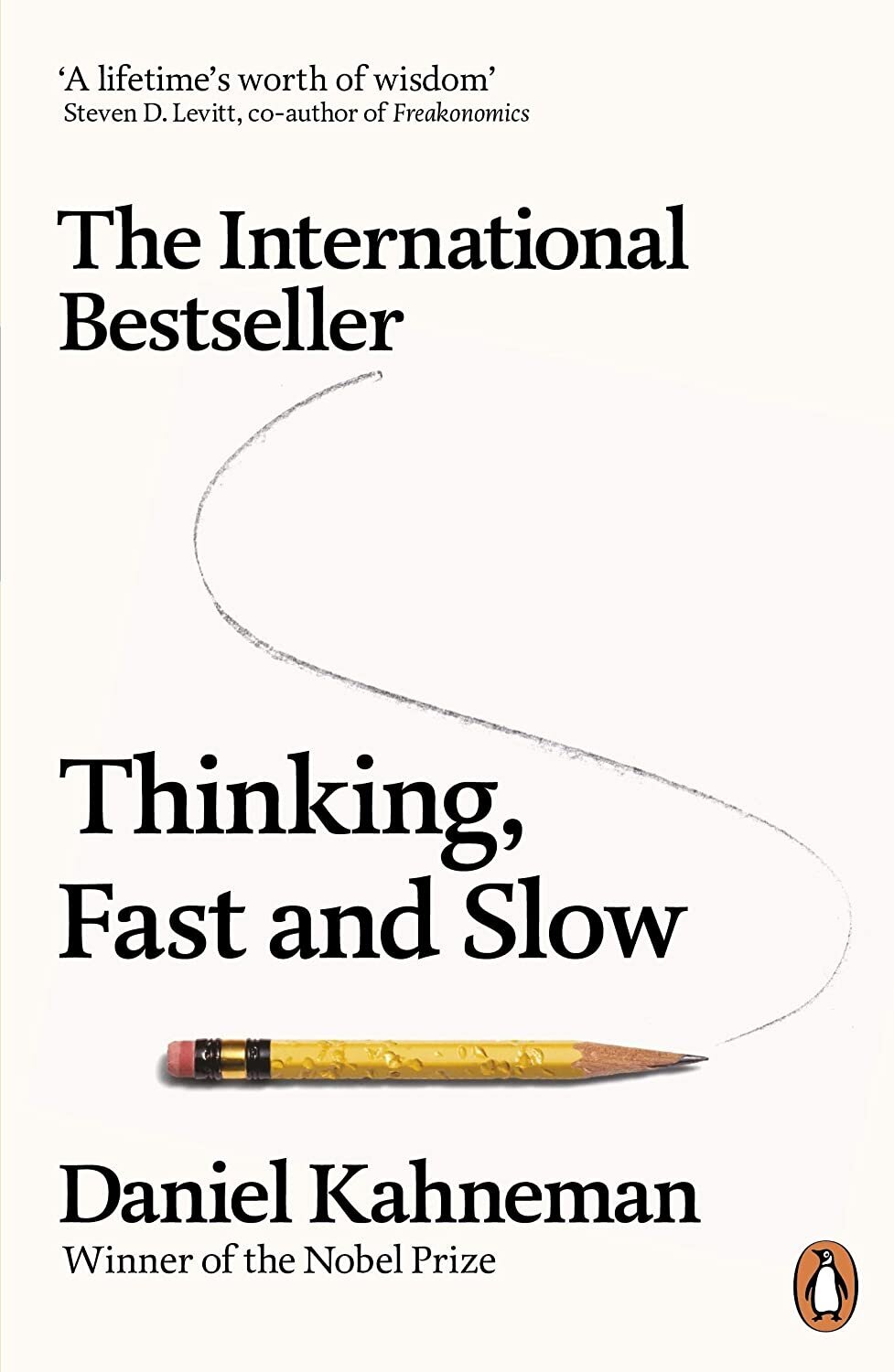Decision making as an ‘Entrepreneur’
Global events such as COVID19, 9/11, and GFC cause social and economic disruptions. These are unprecedented events because they don’t come with any leading economic indicators or social signals. However, a few tend to disagree and believe we have always known about some of these events. Let’s stick with its unprecedented nature, which means we do not always have enough data or information to make decisions before the event happens. For example, for a country’s leader, is it enough to cut off the entire fleet of 20, 000 flights and the shut the whole country based a few hundred infections within a span of two months, December 2019 to January 2020? Is it enough for a tech entrepreneur like Eric Yuan of Zoom to start ramping up this video communication platform anticipating an additional 150 million users in 30 days?
The answer is — we don’t know, we can’t explain this without any hindsight bias or retrospective distortions. We as humans try to rationalise decisions, combined with our ability to assign responsibility to others when things go wrong. Even when we are the decision-maker, we miscalculate the facts available to us as the decision-maker. The pain of retrospective distortions (also known as hindsight bias) is omnipresent — country’s budget, hiring in organisations, public procurements, project management, or disaster recovery plans. Risk engineers and probabilists recommend adjusting for the forward passage of time to reduce the ambiguity of decision making with no or lack of evidence. So, how do we change for the future? And how do we make decisions that are robust and risk-friendly?
Research has shown that entrepreneurs do not take significant risks; they often seek a non-traditional way to find a solution to the problem; entrepreneurs are people who take calculated risks. When it comes to entrepreneurial decision making, there are three things that I have observed helped successful entrepreneurs when making decisions:
Embrace Volatility
The short-range and long view
Probabilistic vs deterministic thinking
Embrace Volatility
We live in a world that is governed by volatility, uncertainty, complexity and ambiguity (also known as VUCA) or turbulent, uncertain, novel & ambiguous (also known as TUNA). If you have ever watched Footy (Australian Football) games and the pre or post interviews with captain and coaches, you may have noticed when asked about their strategy of the game, and they often say, “we will go out there and play our best game.” The unpredictability of this sport (or similar sports) makes it even more interesting to watch, and play. Similarly, the game of future and real-world is highly uncertain and volatile. Entrepreneurs, especially early stage, when making decisions either take actions on their perceived uncertainty, or their willingness to tackle change (McMullen, J. S., & Shepherd, D. A. 2006) and take steps accordingly.
Entrepreneurs may follow their gut feelings, conventional wisdom or conduct robust interviews with their potential customers and still fail to make a mark. Because we operate in complex and adaptive systems — a multitude of environmental factors drive the outcome of entrepreneurial actions. No matter what an early-stage entrepreneur does, a majority of the early age startups fail. To mitigate the highly probable failure, a skilled entrepreneur can analyse events as stories, with logical reasoning to understand the cause and effect of a specific situation — failing to do so leads to a narrative fallacy. If entrepreneurs fail to recognise the narratives, it may influence the business in a way where the entrepreneurs understand the world more than they really do. To avoid the narrative fallacy, entrepreneurs should learn the skills to deal with inherent uncertainty, and embrace the volatility by playing their best game, every day.
The Short Range, and Long View
The first rule of entrepreneurial businesses is to have a paying customer. In the early stages of venture creation, customer acquisitions are critical business decision making parameters, which results in cashflows, i.e. short-range decision making. Whereas investing in scalable technology, data architecture, talent sourcing, and curation of the environment around you is Long View strategy on entrepreneurial decision making. The real-world examples of Short Range, Long View is evident in our society. If you look closer, you will notice after every crisis such as the GFC, the Arab Spring in North Africa, or the Asian market crashes, a set of individuals keep working in a secure job while pursuing highly speculative ventures on the side. This phenomenon is evident in multiple studies which measure total entrepreneurial activities across the globe.
Similarly, I firmly believe that post COVID19, there will be a significant rise in digital enterprises. The current era is a short-range, long view world, and according to the Global Entrepreneurship Monitor’s report in 2020 — around 1.4 million people in Australia have started some kind of employer-sponsored entrepreneurial venture. This microtrend proves my argument that many of us have side hustles with a long view on wealth creation. In a day to day business operations, a majority of the decisions involve behavioural and decision rules. Entrepreneur’s focus and clarity on this relationship help in creating a business model that is responsive to the real world and works best with both short-range, and long-view strategy. For example, one of the golden rules of investing in the equity market is to spend 90% of your funds in something as low risk and safe (ETFs etc.) while putting 10% toward extremely high-risk, high-reward investments such as options trading. This type of risk-taking or risk-seeking behaviour contributes to overall wealth creation and success of a venture or project.
Probabilistic vs Deterministic Thinking
I do believe that statistics should not be a substitute for thinking; however, our understanding of probability, luck, and the chance of events have an impact on how we see the world and decisions we make throughout our lives. There are only a few books that I have re-read several times, and Thinking, Fast and Slow is one of them.
Book by Daniel Kahneman
In this book, Daniel Kahneman introduced the concept of the “availability heuristic”. To explain this heuristic, let’s assume if someone you know has been affected by COVID19 (infection, job loss, business closer), you will perceive the possibility of such an event as “highly likely”. Similarly, if one of your close friends wins a lottery, your perception of the probability of your winning increases. Mathematically speaking, there are such events for which the outcome of an event is easy to model. At times, the consequences of these outcomes are easy to model, as well. These are deterministic event, and then there are accidents, pandemics, and earthquakes (probabilistic events).
Moreso, based on historical information, one can draw subjective estimates of the deterministic probabilities. However, for probabilistic scenarios or in uncertainty, decision making is more complicated. In their book, Kahnemann explores why the knowledge of statistics is limited among the general population. However, there are entrepreneurs for whom a better understanding of the human tendency to find patterns, and their biases (availability, confirmation or others) could provide a challenge in decision making. Based on scholarly research of risk engineering and complex systems, we know that there is no guarantee for success, so treating every decision as an experiment (probabilistic thinking) pays off in a short-range, and long run. Getting lucky is not a chance or luck — it is a skill to navigate through the probabilistic (real) world.
To sum it up, we live in a world that is volatile and uncertain. In uncertainty, you may or may not have all the information to make decisions. One of the best strategies to adapt to the future world is to build a short-range, long-view approach in your time, and money investment, and with life and wealth creation, develop a probabilistic view of the world.
––
This essay was first published as a part of QUT Business School’s Insights Stories. Making decisions as an entrepreneur — the role of entrepreneurial risk management [link here]
––
#Written by
Vibhor Pandey
medium.com/@ivibz
Product Community
Join the Mindhive Product Community for development updates and become part of the Product Team to help shape Mindhive.
Next steps
Mindhive is a platform that facilitates discussion on topics that affect you – and what we can do about it.
Join a discussion and lend your voice
Mindhive is used in research, government, community groups and consultancies to canvas a wide spectrum of voices to surface sentiment, insight, and the unexpected.



